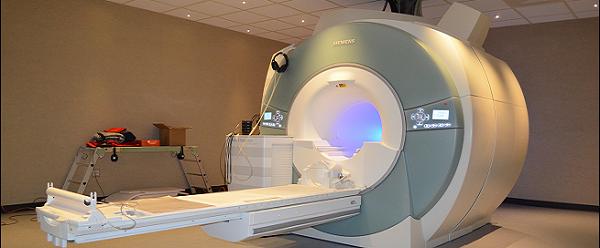Why do People Need Medical Imaging Exams?
After an accident it is important to visit a medical provider immediately if you feel that you are hurt. The longer the gap in treatment, the harder it will be to make a claim for personal injury. Moreover, if you delay in attending to your medical needs, it may lead an insurance adjuster or juror to believe your injuries were not that serious (or, worse, that they were sustained after the accident rather than during it). If your pain is significant enough, or lasts more than a short period of time, it is likely that your doctor will want to perform some sort of medical imaging exam on your body to determine what kind of injuries you may have. Understanding these exams will make you feel more comfortable, and give you a better understanding of the reasoning behind the tests. The three most common types of medical imaging exams are X-rays, CT Scans, and MRIs.
What are X-rays?
Most people are familiar with X-ray scans and almost everyone has had an X-ray performed on them at some point in their lives. With an X-ray, only a small part of your body is scanned. The X-ray machine causes radiation to go through the affected area, exposing special film and creates an image of the injury. Radiation from X-ray machines is not harmful. X-rays can be used to diagnose broken bones and other injuries. You may need to be X-rayed from several angles to get a complete image of your injury.
What are CT Scans?
More uncommon are computed tomography (CT) scans. CT scans use X-ray technology combined with computer imaging software. Like an MRIs (see the next section), CT scans generate cross-sectional images of your body. CT scans are useful tools for examining your internal organs and soft tissue. Doctors can use them to spot trauma and injury to areas like the brain, spinal cord, or internal organs.
What are MRIs?
Finally, Magnetic Resonance Imaging, or MRI, is a high-tech imaging technique that creates a cross-section image of your body. This process does not require radiation but instead uses magnetic fields to create high-resolution scans of your body. During an MRI, you usually lie on a sliding table while the doctor scans your body. MRIs are useful for finding ligament and cartilage tears, other issues with soft tissue, and it usually takes between 30-90 minutes.
If you are injured in an accident, it is important that your Los Angeles Personal Injury Attorney understand these exams and has the experience to pursue your injury claim. Call our office today for a FREE consultation.



